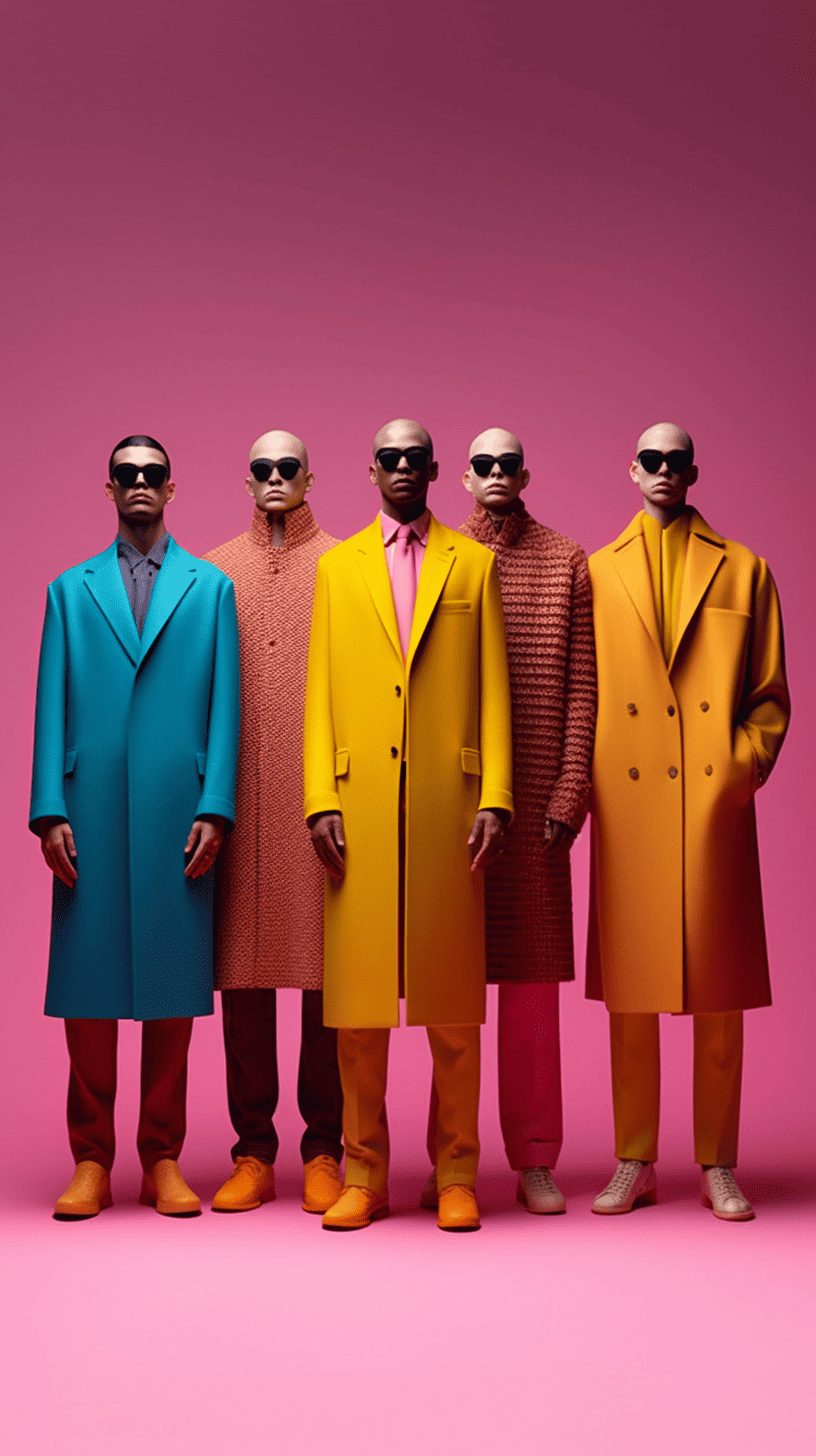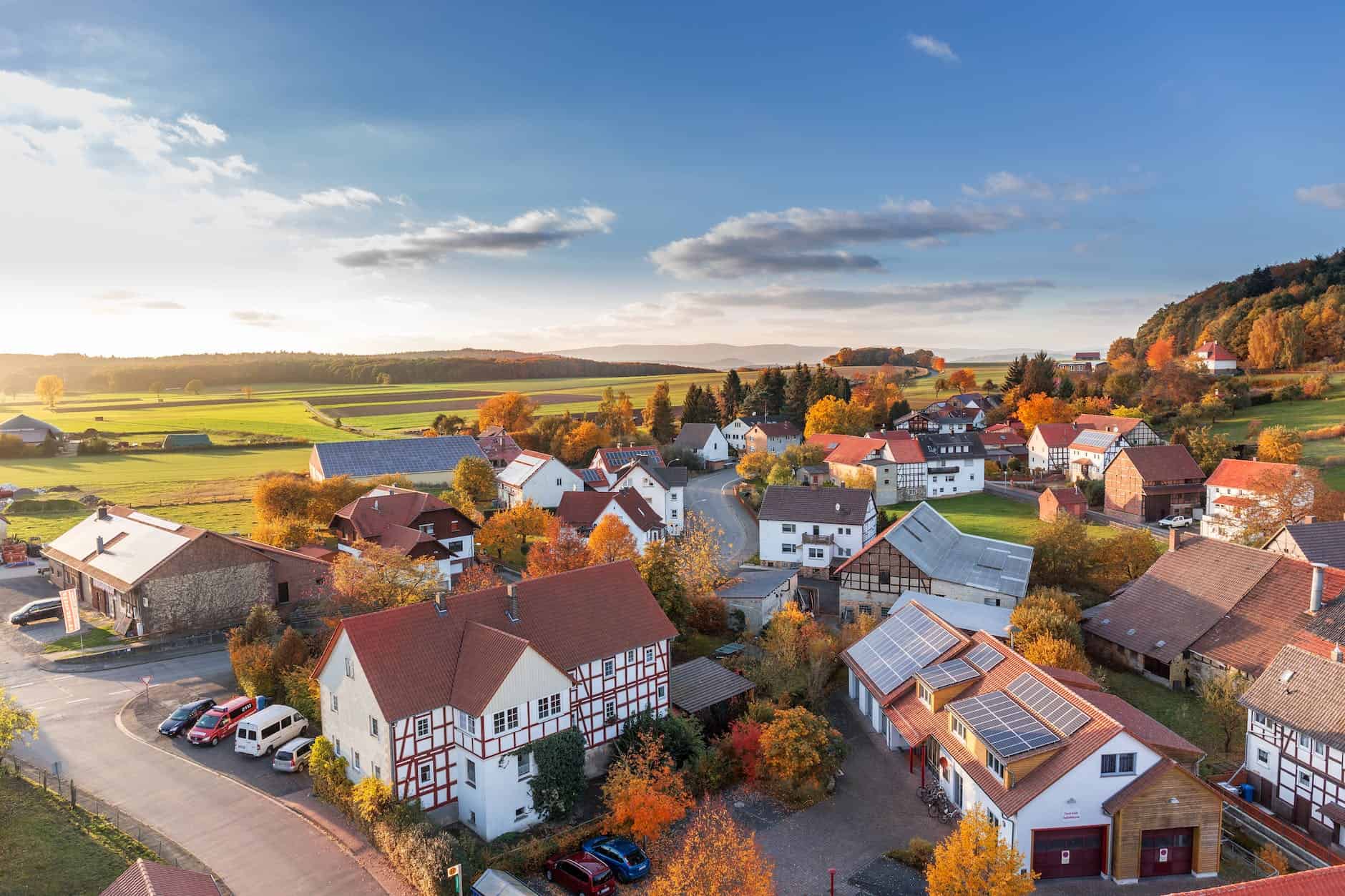THEPHONOLOOP
THEPHONOLOOP launches Tapes: Synths.01
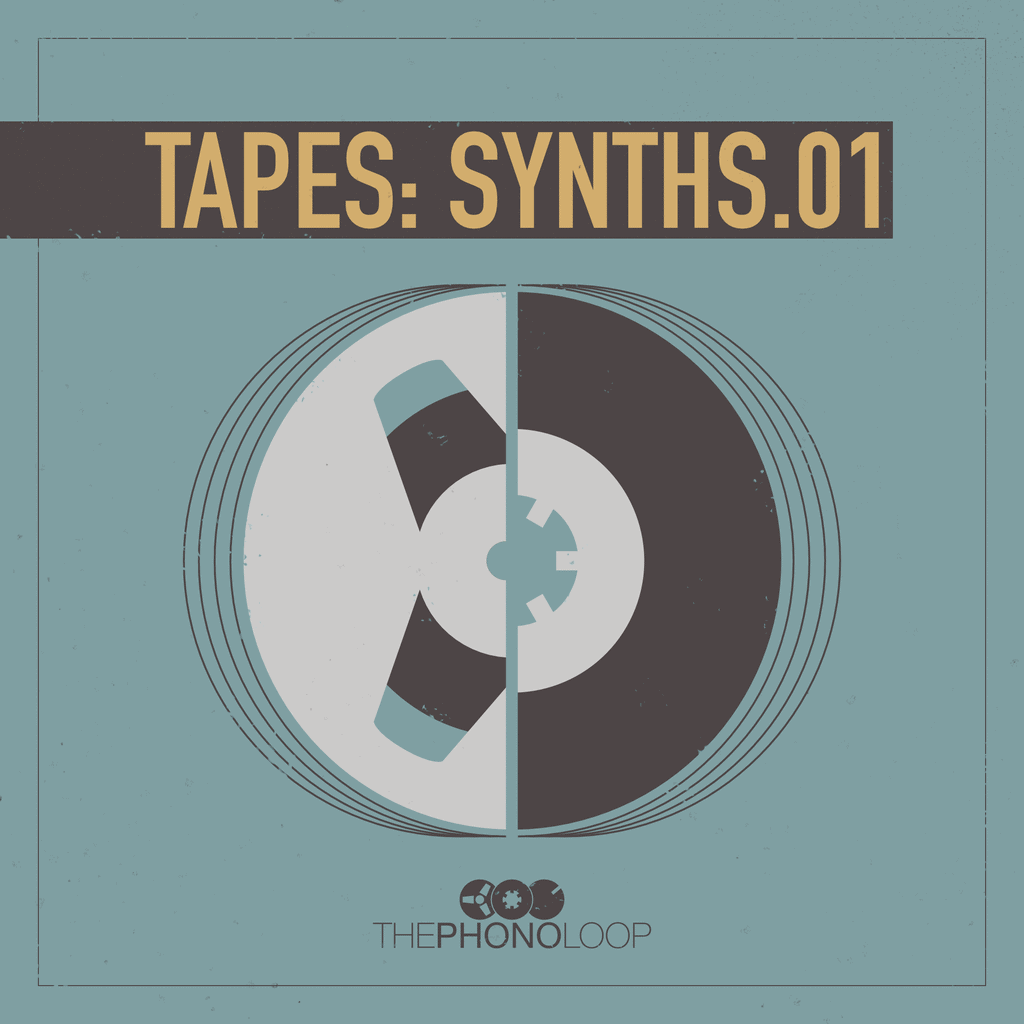
Tapes: Synths.01 a Library for Kontakt
Tapes: Synths.01 is the first instrument in the Tapes series. The Kontakt library focuses on synth sounds and sound synthesis in overall.
The sound sources were created using various hardware and software synthesizers and effects – from digital FM and physical modeling synths to analog (and digital) eurorack modules.
Due to the fact that everything was recorded either on tape, cassette, microcassette or cassette tape loops it excels in creating lofi, warm sounds, but not all decks used in Tapes are wonky – plus most of the significant settings can be modulated, so it’s also a nice tool for creating modern, even cinematic sounds.
THEPHONOLOOP idea for Tapes was born from a desire to try something a little different than their previous releases, something more experimental (but still useful) and bigger, with great sound design possibilities.
Tapes: Synths.01 Features
- Full version of Kontakt 5.8.1 (or higher) required – not compatible with Kontakt Player
- 17,15 GB of samples (WAV 24-bit, uncompressed), 13,66 GB after lossless Kontakt compression (8312 samples in total)
- 285 sound sources
- 239 presets
- Samples recorded using 13 different decks
- 34 noise samples
- Warm sound with lots of little imperfections
- Convolution Reverb with custom impulses (spring, hall, corridor, short, digital, delay, metal)
- Lots of sound design options
- 4 sequencers for parameters modulation
- Swarm mode
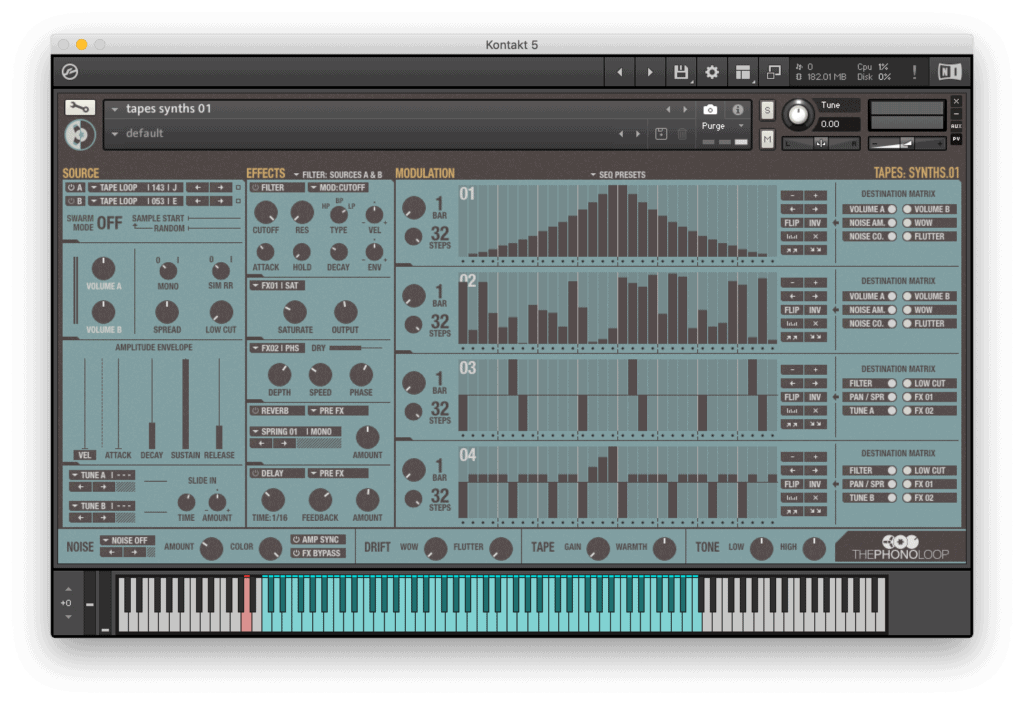
THEPHONOLOOP wanted to record everything on tape, but at the same time avoid creating just a bigger version of their Cassette series and also because of how great and inspiring are the tape slicing composition techniques from the past (or today’s cassette tape loop music) THEPHONOLOOP decided that Tapes should be inspired by these to a greater or lesser extent – especially the sound sources.

Tapes can be many things – you could use it as your main lead or harmony instrument like keys or pads. It also works great as a bass or texture instrument or even an fx generator and that’s because of its wide array of available sound sources, flexible engine and the possible modulation routings. The truth is that these days many instruments have features like this – so, what makes Tapes stand out? THEPHONOLOOP thinks that it’s down to the sound sources – just how easy and fast you can come up with something inspiring and useful. THEPHONOLOOP spent several months creating those – experimenting, recording, fine-tuning – just making sure that it’ll be a pleasure to work with.
Availability
Tapes: Synths.01 is available now and kicking off the Tapes series developed by THEPHONOLOOP

THEPHONOLOOP
Cory’s Library Spotlight – Tapes Synths 01 by Thephonoloop
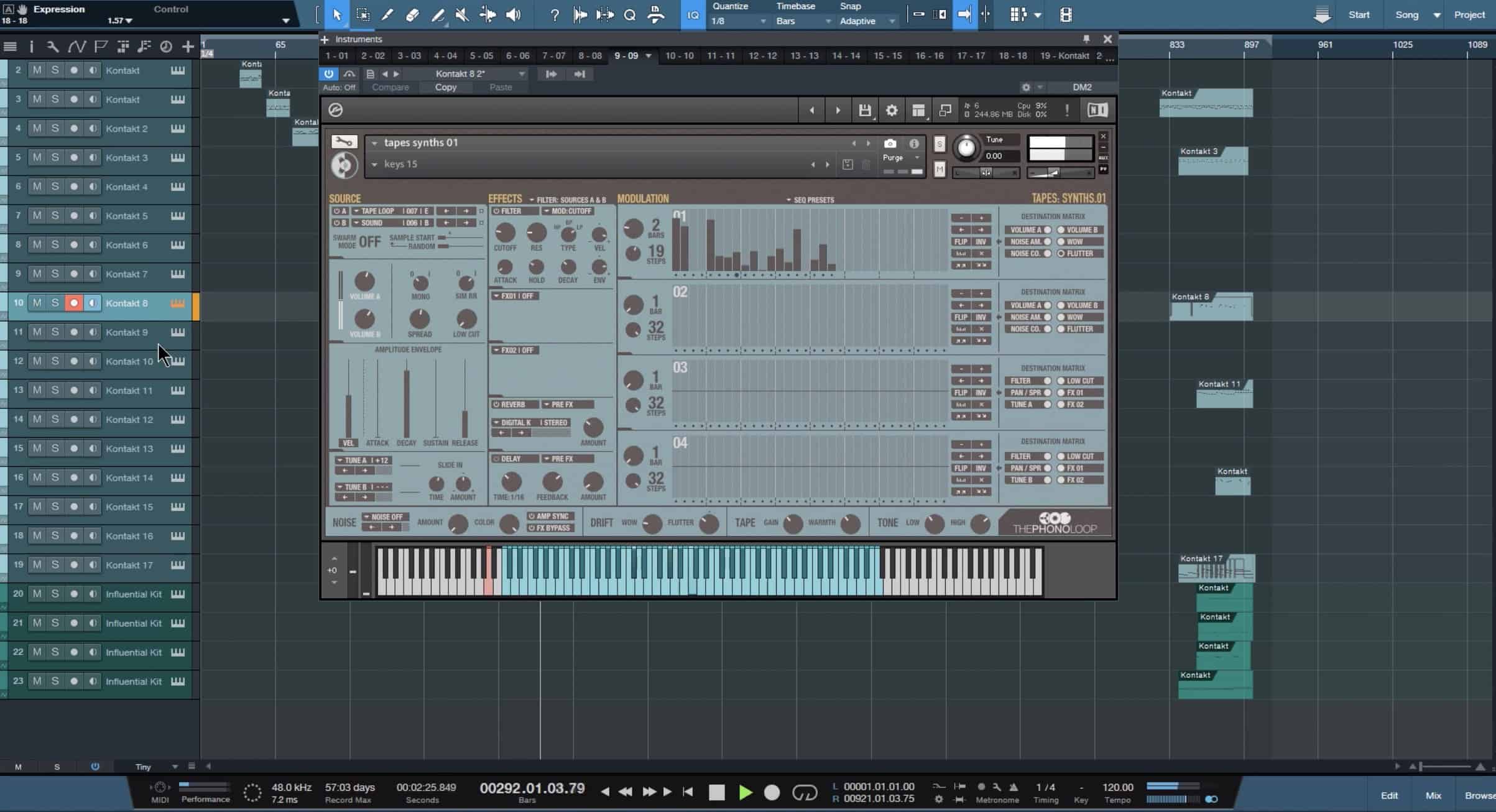
Cory’s Library Spotlight – Tapes Synths 01 by Thephonoloop
Tapes can be many things – you could use it as your main lead or harmony instrument like keys or pads. Synths.01 is the first instrument in the Tapes series and like the name suggests, it focuses on synth sounds and sound synthesis in general
Virtual Instrument Library
Texture Mozaik.01 updated to Version 1.02
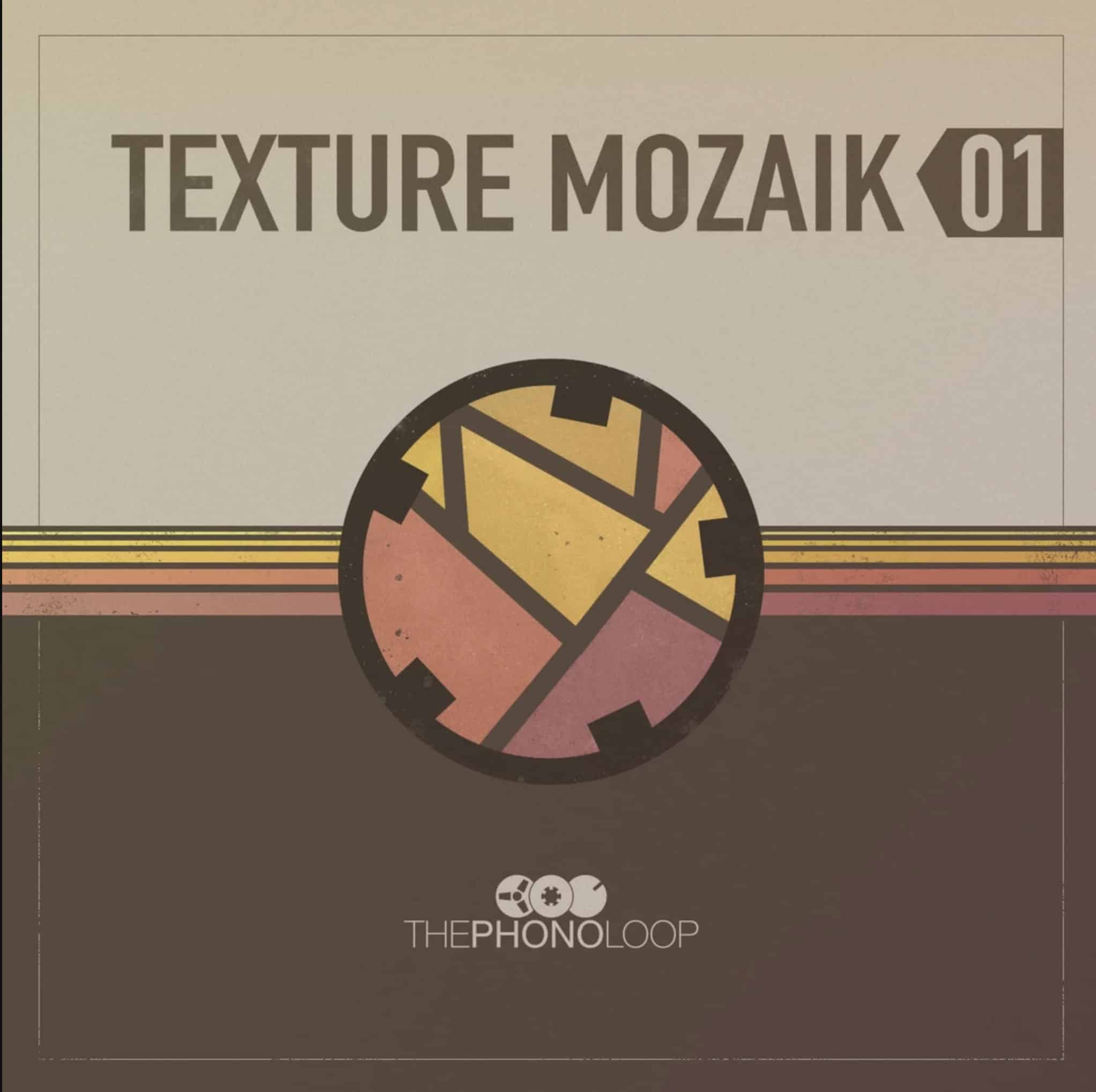
THEPHONOLOOP just updated Texture Mozaik.01 to Version 1.02.
Texture Mozaik.01 version 1.02 changes:
- Snapshots load much faster now
- Snapshots from version 1.01 are fully compatible with version 1.02
If you don’t want to re-download the whole instrument with samples, then there’s a version without the samples (plus a short video showing how to copy snapshots to version 1.02) – if you bought Texture Mozaik and haven’t received an e-mail with updated download links then please let us know.
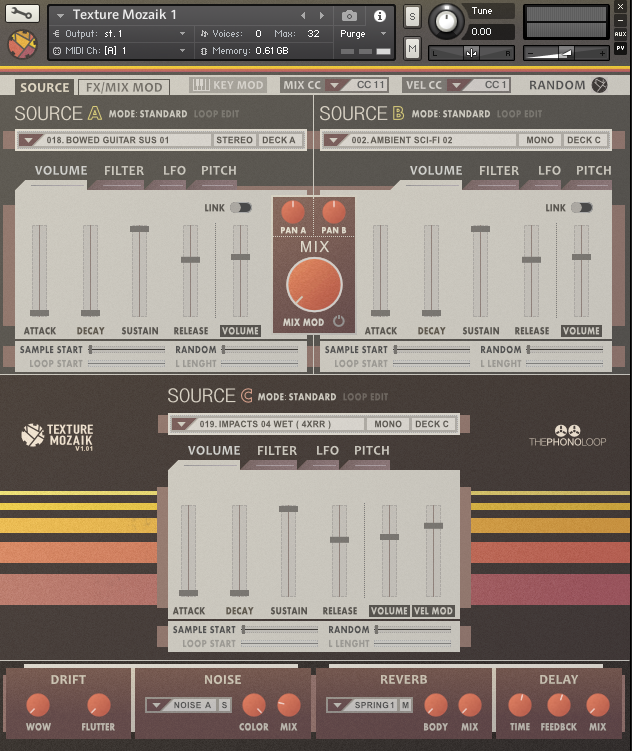
Drum / Percussion
TEXTURE MOZAIK .01 by THEPHONOLOOP Review
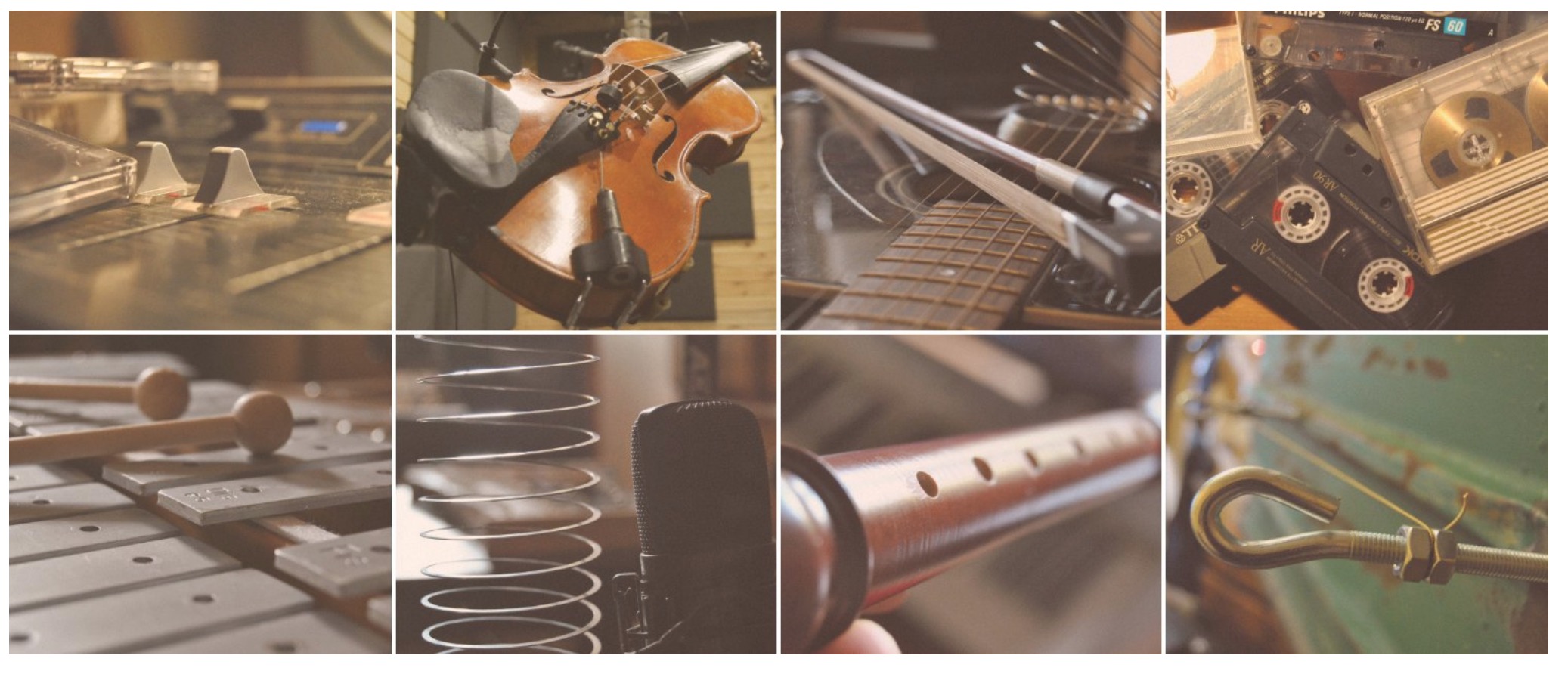
TEXTURE MOZAIK .01 Review
It’s time to take a look at something different. A cinematic design library with quite an unusually niche twist – instead of being like every other cinematic design library focusing on modern cinema, this one is designed for past cinema – Texture Mozaik by ThePhonoLoop. Let’s see what the fuss is about.
ThePhonoLoop is relatively new in the sample market. They provide a specific niche – samples recorded to cassette tape. They have released a line of smaller libraries focused on different keyed and mallet instruments, and some vintage drum samples, but Texture Mozaik is their first full-featured library with all-around content.
Texture Mozaik ships with a wide variety of sound sources recorded to tape, including bowed guitar, violins, experimental instruments, organic textures, sound design and impacts designed for experimental scoring in the style of 50’s, 60’s and 70’s film audio.
Installation
After purchasing, you can download the zipped files and extract them to your folder of choice, then get straight to playing. No registration is required as it is a full Kontakt library.
Sound
To put it simply, Texture Mozaik sounds like a sample library that was recorded in the ’70s and sent to the present. Being recorded to cassette decks gives this library an unmistakably authentic sound that could easily fool anyone into thinking it was a vintage sample package. This doesn’t detract from the library’s quality though, as each sample is expertly recorded and crafted, and the only noise you’ll hear in the samples comes from the “noise” layer that can be controlled freely. This noise only plays back a single layer while playing with the instruments, so there is no noise build up. The result is a warm, characterful tone with plenty of clarity.
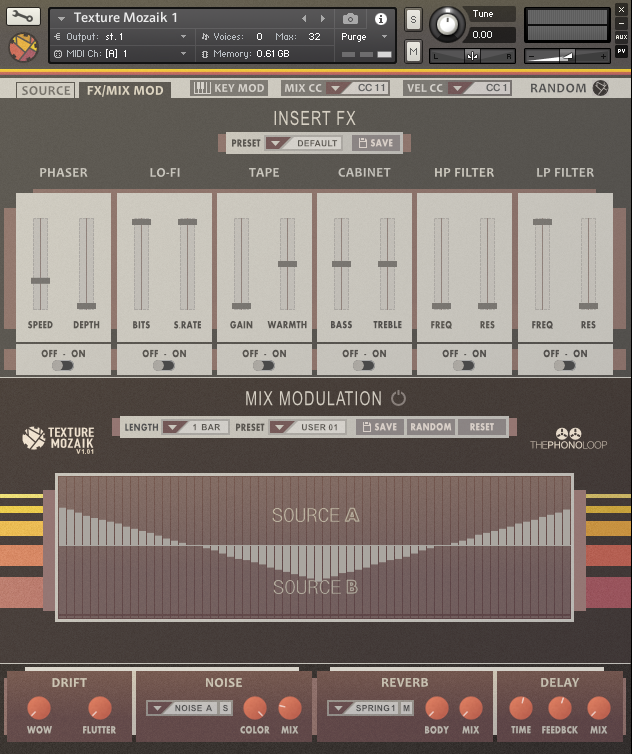
The
There are wonderfully weird flexatone sounds that are a signature of many vintage mystery scores, and a variety of foley textures and makeshift instrument resonances that would sound fantastic in retro horror or sci-fi scores. There is both a melodic and industrial element to this library, which makes it useful for more traditional scoring as well as more abrasive stuff – and the tape smooths out the harshness of that rough stuff which gives it an almost dream-like quality and silkiness.
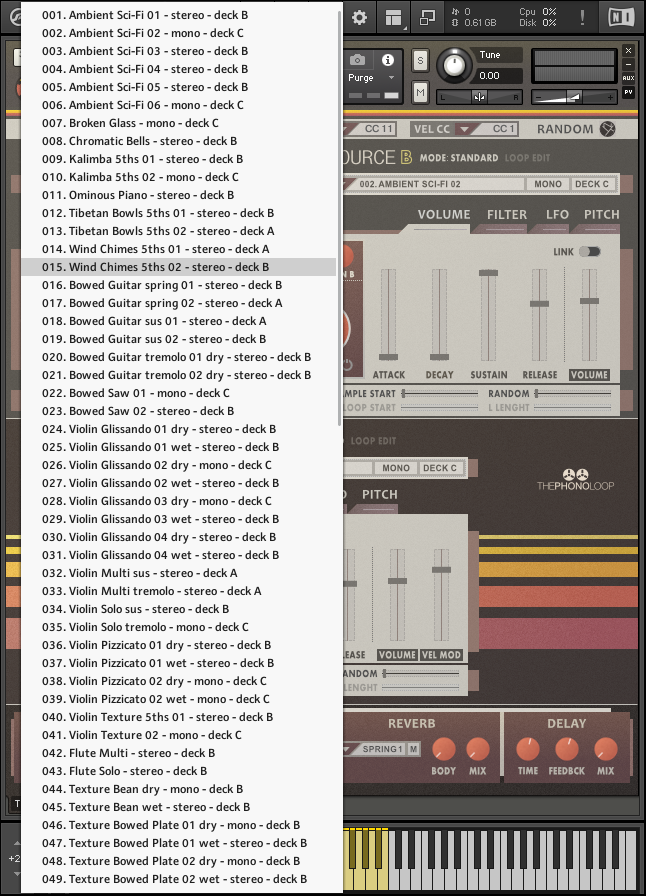
The provided impacts aren’t the kind of “impacts” you’ll hear in other sound design libraries. They sound much more like experimental bangs and snippets that came from a mellotron, which in my opinion is a good thing. There are also bell tones and bowl tones, which again sound wonderful recorded to tape and can even aid in meditation if you’re into that kind of thing. Joking aside, I’ve never before heard a library that nails the scoring palette for retro films the way Texture Mozaik does, and the tape only enhances the charm and believability of this palette. You’ll even notice that many sounds have a “dry” and “wet” variant – with the wet option being colored with spring reverb – and many of the sounds were recorded to different tape decks, so there are plenty of sonic textures to take advantage of.
User interface & Usability
Texture Mozaik comes packed in one patch – all of the sounds can be browsed and loaded into three different slots. The first two slots share the main key range and can be crossfaded between or automated in some ways, which makes it easy to create mixed sounds or new textures. The third slot is set to a lower key range and has an extra set of impact and experimental sounds with velocity control so that it can act as an accompaniment or enhancer to the primary two sounds. There are also a bunch of snapshots provided that go into really experimental territory, and show off the kinds of manipulation available with the library.

Everything is handled logically and ergonomically in the patch, with easy to tweak parameters and special knobs for noise volume and
The scripting overall is very well thought out and even comes with a well-written tutorial section in the instrument patch (nifty). While I think the foley and textures sounds would have been great if they were spread across the key-range like the rest of the sounds (perhaps in a future update guys?) the patch overall is simplistic and intuitive – and hey, it even has a faded retro style color scheme.
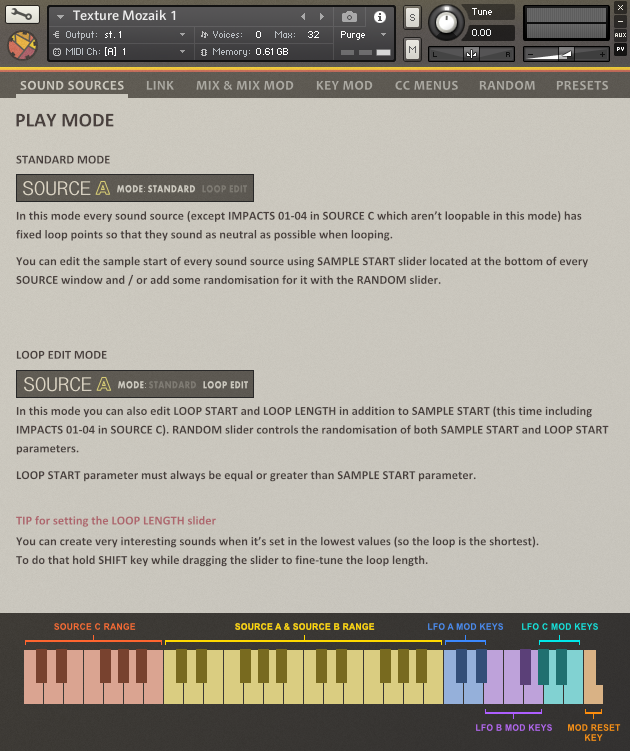
Rating: Five out of five stars
Of course, while more contemporary composers may not find a library like Texture Mozaik to be a useful part of their palette, I still think the sounds are absolute gems for adding subtle color and even tape noise to other recordings (like hip hop or dream pop for example), but those of you who love industrial music, acoustic sound design and retro audio may just fall deeply in love with this rare jewel.
All
-

 Vetted2 months ago
Vetted2 months ago11 Best Gore Websites to Explore the Darker Side of the Internet
-

 Music Theory2 weeks ago
Music Theory2 weeks agoUnlocking Nature’s Harmony: The Power of 432 Hz Frequency in Sound & Music for Enhanced Living and Well-Being
-

 Vetted1 month ago
Vetted1 month ago15 Best Commercial Vacuum Cleaners for Heavy-Duty Cleaning Jobs
-

 Vetted2 months ago
Vetted2 months ago15 Best Essential Oils Brands to Elevate Your Aromatherapy Experience
-

 Sound Design2 weeks ago
Sound Design2 weeks agoWhat Is the Difference Between a Sound Engineer and A Sound Designer?
-

 Native Instruments Kontakt2 weeks ago
Native Instruments Kontakt2 weeks agoVOCAL AI – Animated Intelligence: The Ultimate Vocal Playground
-

 Sound Design2 weeks ago
Sound Design2 weeks agoWhy Sound Engineer
-
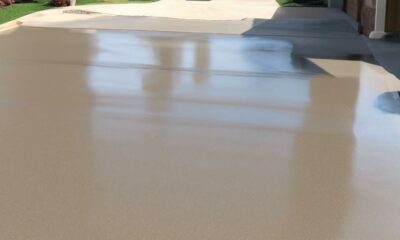
 Vetted2 months ago
Vetted2 months ago15 Best Concrete Sealers for Ultimate Protection and Longevity








